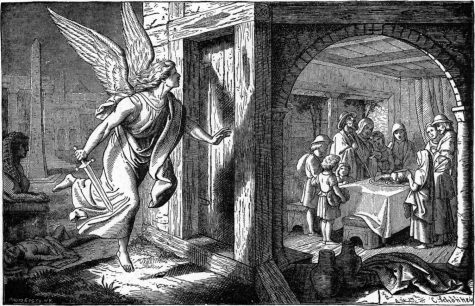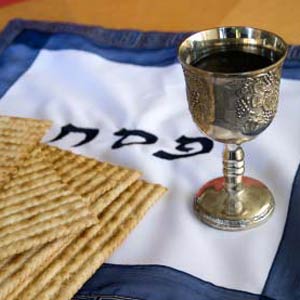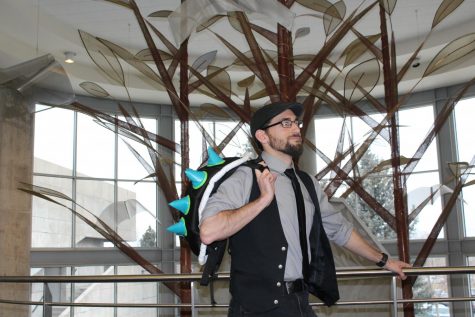Intro to Passover

Every spring, a certain holiday comes around that brings us all together. If you follow the New Testament during this time of renewal, then Easter is what you would be thinking of. But if you’re a fan of the old school Torah teachings, the first five books of Moses as some people call it, then Passover is on your mind.
In a nutshell, Passover is a time to remember and, in several symbolic ways, relive the story of the Jewish people’s exodus from Egypt. For hundreds of years, they were slaves in a foreign land, as recounted in the book of Exodus from the Old Testament. Led by Moses and a series of miracles such as the ten plagues and the splitting of the Sea of Reeds, they were brought out of Egypt to accept the Torah and come together as one nation.

The name Passover is said derived from the last of the ten plagues, the killing of the firstborn. It is written that G*D took the lives of the Egyptian firstborn children and passed over the Jewish houses, sparing them. A sign that the houses were safe from this plague was the blood of a lamb spread across the door post.

This holiday is also called Pesach (PEY-sahkh). This transliteration came from the killing of the paschal lamb whose blood was used on the door. At that point in time, the ancient Egyptians worshiped the lamb as a deity. Jewish slaves sacrificing something highly worshiped by their oppressors showed a faith in their own belief so paramount that the holiday was named for it.

“Why is this night different from all other nights?” is a question asked around the table during the Passover Seder. A Seder (SEY-der) is the traditional meal that is had in remembrance of the Jewish people’s exodus. During this meal many rituals are observed: eating bitter herbs and salt water to remember the hardships and tears of slavery the Jewish people endured, the recital of the ten plagues and their significance to the Jewish people, the consumption of four cups of wine to express the freedom from exile and, lastly, eating a whole lot of matzah.
Passover spans a total of eight days. It’s customary to have two Seders, which fall on the first and second night of the holiday. Even though they recount a time of bondage for the Jews, it’s more focused on freedom and opportunity. So this is a happy holiday in the end.

Matzah (maht-ZAH) is the flat, crunchy bread that is closely associated with Passover. It’s taught that the Jewish people worked so hard that they didn’t have the time to let the bread rise, so they ate unleavened bread while enslaved. It is also said that upon leaving Egypt, they were in such a hurry to leave that they didn’t let the bread rise then either.
This is why matzah is the bread of the Jewish people’s affliction and their freedom. To commemorate both of these attributes, Jews on Passover restrain from eating any bread products and anything that is leavened.
The traditions of Passover are a main staple in the Jewish faith. The holiday not only represents the Jews leaving an oppressive environment, but the union that was formed amongst themselves as a nation. The Seders, the dietary restrictions and the seemingly archaic rituals that make up Passover are all a part of what keeps the Jewish people a nation and the age-old traditions alive.
For more information about the Jewish faith and culture, please consult your local orthodox rabbi located in your nearest synagogue.

A veteran to the Arapahoe Pinnacle, editor Dylan Boxer is known for his quick wit and lightheartedness within the publication. When his not writing you can usually find him outside on his long-board or inside working on his next cosplay....







